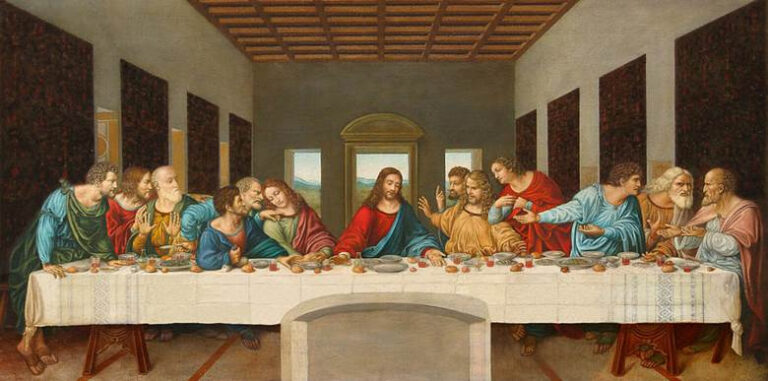Pablo Ruiz y Picasso, known as Pablo Picasso, was a Spanish painter, sculptor, printmaker, and stage designer who spent most of his adult life in France. He is widely considered one of the most influential artists of the 20th century, and is best known for co-founding the Cubist movement, as well as his extensive contributions to Surrealism.
Picasso’s career spanned over a period of 80 years, during which he created over 50,000 artworks, including paintings, sculptures, drawings, prints, and ceramics. His work is divided into several distinct periods, each of which is characterized by a specific style and set of themes.
The Blue Period (1901-1904) is characterized by a somber, monochromatic palette and themes of poverty, isolation, and death. The Rose Period (1904-1906) is characterized by a lighter palette and more joyful themes, such as circus performers and harlequins.
Cubism, which Picasso co-founded with Georges Braque, began in 1907 and continued until the early 1920s. This period is characterized by the fragmentation of the subject matter, and the representation of multiple viewpoints in a single artwork.
In the 1920s, Picasso began to experiment with Surrealism, which is characterized by the use of dream-like imagery and the subconscious. He also worked in a more classicizing style, drawing inspiration from the art of the past.
In the 1930s, Picasso began to focus on political and social issues, including the Spanish Civil War and the rise of fascism in Europe. He continued to work in a variety of styles throughout his career, including his final works in the 1970s which were more abstract.
Pablo Picasso’s artwork has a great impact on art history, his work has influenced countless artists and movements, and continues to be celebrated and studied today. His legacy continues to live on through his artwork and the museums dedicated to his works around the world.


